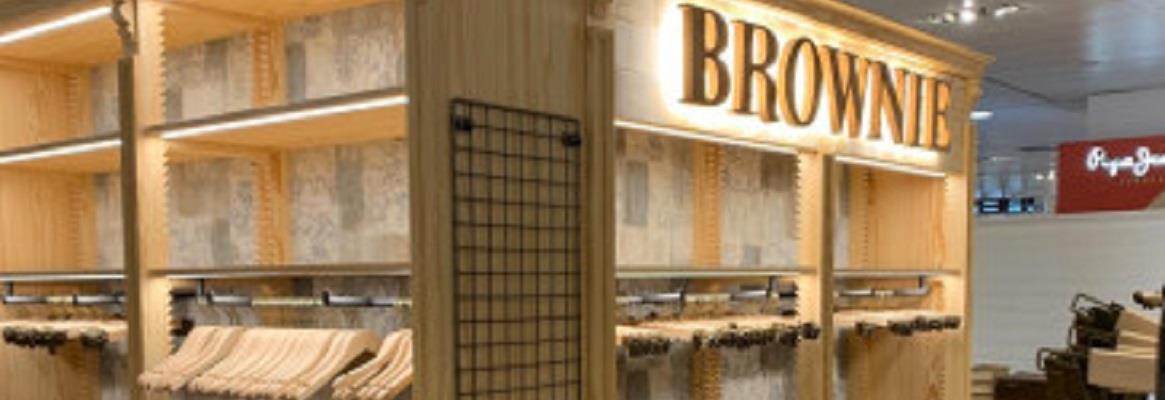Nowadays, we are living the “Retail Apocalypse volume 2” (phenomenon that started around 2010 in USA) and this won't be the last time experts anticipate the end of retail. Stores will survive as described on coronavirus and Fashion. “Stores” will emerge again and again, but will we keep using that word?
What can we learn from the etymology of the word Store? From old French “estore” meant “provisions”. The meaning “place where goods are kept for sale” is first recorded 1721 in American English. This definition would illustrate how brick-and-mortar companies used stores as a pillar of their made-to-stock business model. The store was a “pretty warehouse”, as I described in why is there a lack of excitement when millennials visit department stores? But the changing society, enhanced by digitalisation, is shaking traditional businesses up. Today, coronavirus is accelerating the transformation.

Shopping is about the experience, not the product (put your stock online and give a great customer experience offline!). Today, online has proven to be efficient when it comes to cover “functional needs” according to Maslow's hierarchy. For some product categories, and shopping missions, visiting a store is not worth. Therefore, “bricks” shouldn't play the game of selling fashion as a commodity (selling in bulk). Fashion retailers should rethink their expansion strategy in order to adapt to omnichannel. Instead of large impersonal stores, retailers should diversify their footprint adding popup, convenience or hyper-local stores to cover specific shopping occasions.
Not happy with the origins of the word “store”, I checked the Latin origin of the verb Store (not the noun). In this case, the origin is instaurare, meaning “to set up, establish; renew, restore” (online etimology dictionary). I see stores or shops as a place to set up brand's identity from a real-world perspective (use all senses). Stores as a place of worship where the tangible part of products embrace the intangible part of a brand's DNA through unique experiences.

I don´t know if “store” will be an obsolete old word but some traditional brick-and-mortar were already evolving into showrooms, pop-up “stores”, Click&Collect spots…before Covid-19. Stores are not anymore, the last step of the supply chain. Stores are part of the customer journey, but as the journey is not standard, stores are somewhere between awareness and advocacy.
The objective of a Store won´t be a direct transaction any more, but contributing to the brand positioning, curation, experience and reality. A Store is like a stage in a bicycle race, but the track is “alive” and customers are “racing” from stage to stage in a non-sequential way. The marketing funnel has changed as well. Shopping transactions are ephemeral, like experiences.

Social distancing rules within stores is an opportunity to transform stores into “museums” where customers can see, touch, and try on the art collection. Fitting rooms “proposal” will benefit from augmented reality and AI insights (eg 360º avatar, customised fitting recommendations).
While most retailers were focusing on the marketing side (the “wow effect”; front-end; what customers can see) of the customer experience, coronavirus has changed the point of view. Improving operational capabilities and processes is the priority for customers as they will spend less time in stores. In previous articles I described how technology is essential to merge the offline and online shopping experience while reducing fear of vising stores. It´s time to integrate, or develop, the omnichannel capabilities to connect retail operations to customer shopping needs: stock visibility, shipping traceability, make a reservation, try before you buy, pick up in store, self-checkout, flexible return policies.
This article has not been edited by Fibre2Fashion staff and is re-published with permission from fashionretail.com











Comments